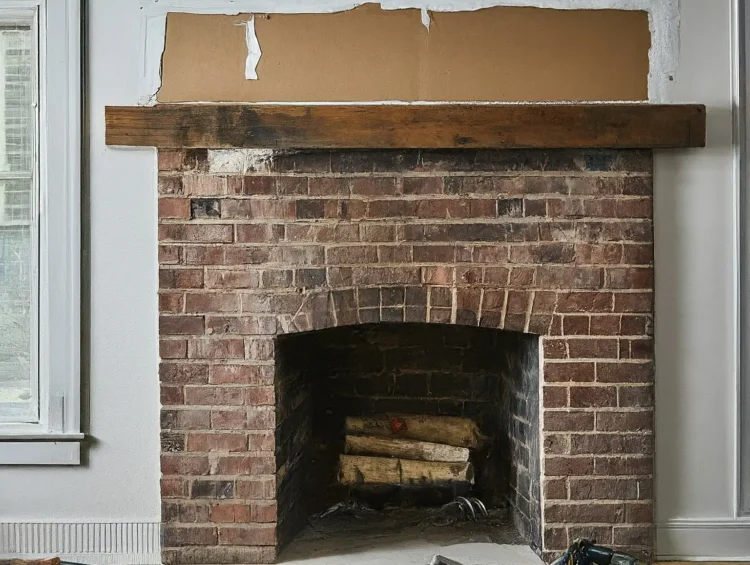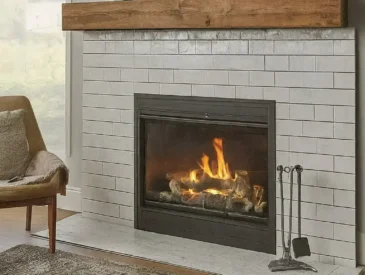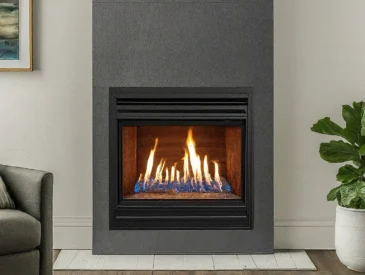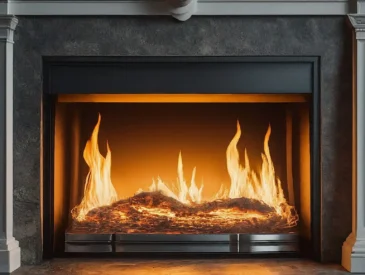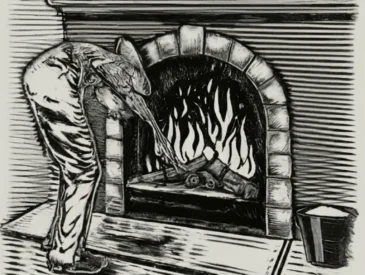While fireplaces are beloved by many, they may not be everyone’s preference due to maintenance and space constraints. If you’re considering sealing off your fireplace, you might be wondering if drywall is a viable option.
This article provides a comprehensive guide on how to cover your fireplace with drywall, including the necessary steps and considerations.
How to Cover a Fireplace with Drywall:
Covering a fireplace with drywall is a straightforward process. You can choose to use screws, adhesive, or a combination of both to affix the drywall to the fireplace.
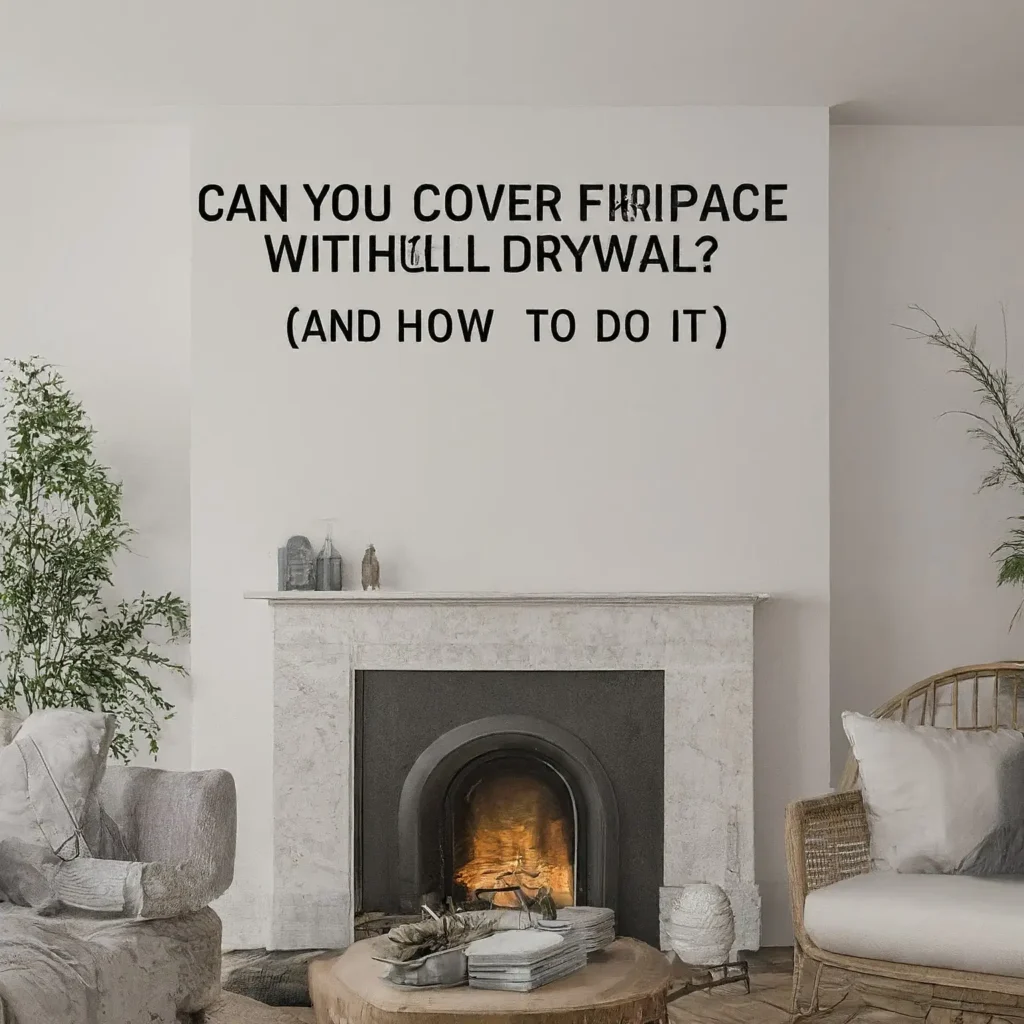
A blend of screws and glue is recommended for added stability. In more complex cases, consider seeking assistance from a professional for tasks like fireplace closure and drywall installation.
Related: contribute to dry air
Here’s a step-by-step guide:
1۔Measure and cut the drywall to fit the space, ensuring precise fireplace dimensions.
2۔ Prioritize sealing off your fireplace before installing the drywall.
3۔ Apply drywall adhesive directly to the masonry, then press the drywall onto the glue.
4۔ Install masonry screws along the edges of the drywall to secure it in place.
Cost Estimate for Covering a Fireplace with Drywall:
The cost of covering a fireplace with drywall can range from approximately $380 to $1100, depending on the scope of the project.
Factors influencing the cost include the size of the fireplace and any necessary repairs. Here’s a cost breakdown of potential expenses:
1. Hanging and finishing drywall (based on a 4ft by 8ft panel): $120 – $180.
2. Typical chimney repair (sealing off or securing the fireplace): $160 – $750. Seek professional advice for this step.
3. Supplies for hanging and finishing drywall: $105.
Factors to Consider Before Covering Your Fireplace:
Before proceeding, it’s crucial to weigh the potential drawbacks of covering your fireplace:
1۔Potential decrease in home value: Consult a realtor to assess the impact on your property’s value. 2۔ Risk of water and pest damage: Without proper sealing, there’s a possibility of moisture, debris, and pests accumulating inside the closed-off fireplace. 3۔Flooring considerations: Removing the hearth may necessitate re-flooring, while leaving it may result in an uneven floor surface. 4۔ Aesthetic considerations: Consider how the covered fireplace may affect the overall look and flow of your space.

Alternatives to Drywall:
If drywall isn’t the right fit for your project, consider these alternatives:
1۔ Refresh the fireplace with paint or new tile for a simple yet effective update. 2۔ Explore other materials for an accent wall, such as plaster, wood paneling, or shiplap.
Conclusion: Covering a fireplace with drywall is a viable option for those looking to repurpose the space. By following these guidelines and considering the potential factors, you can make an informed decision that aligns with your home improvement goals.

